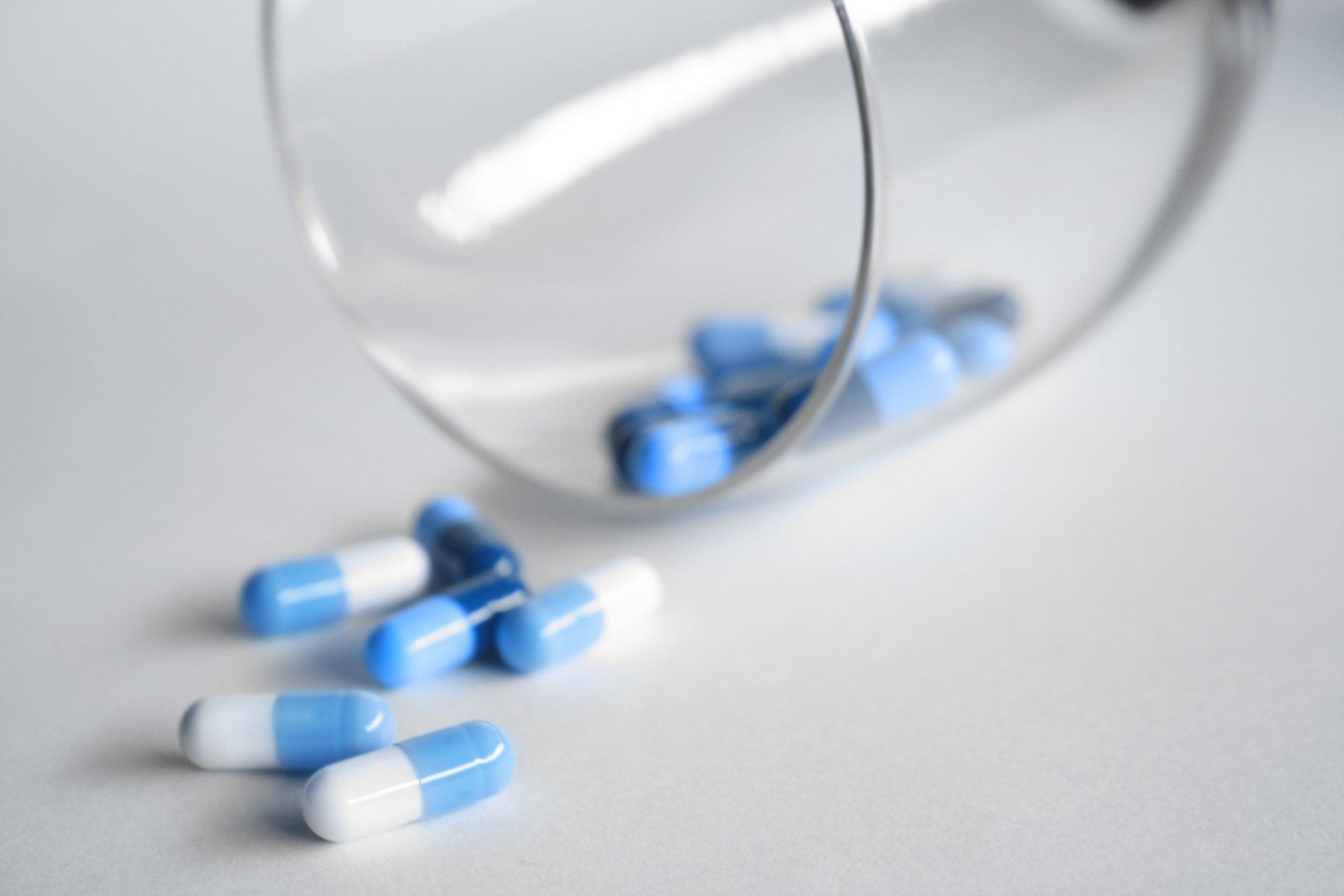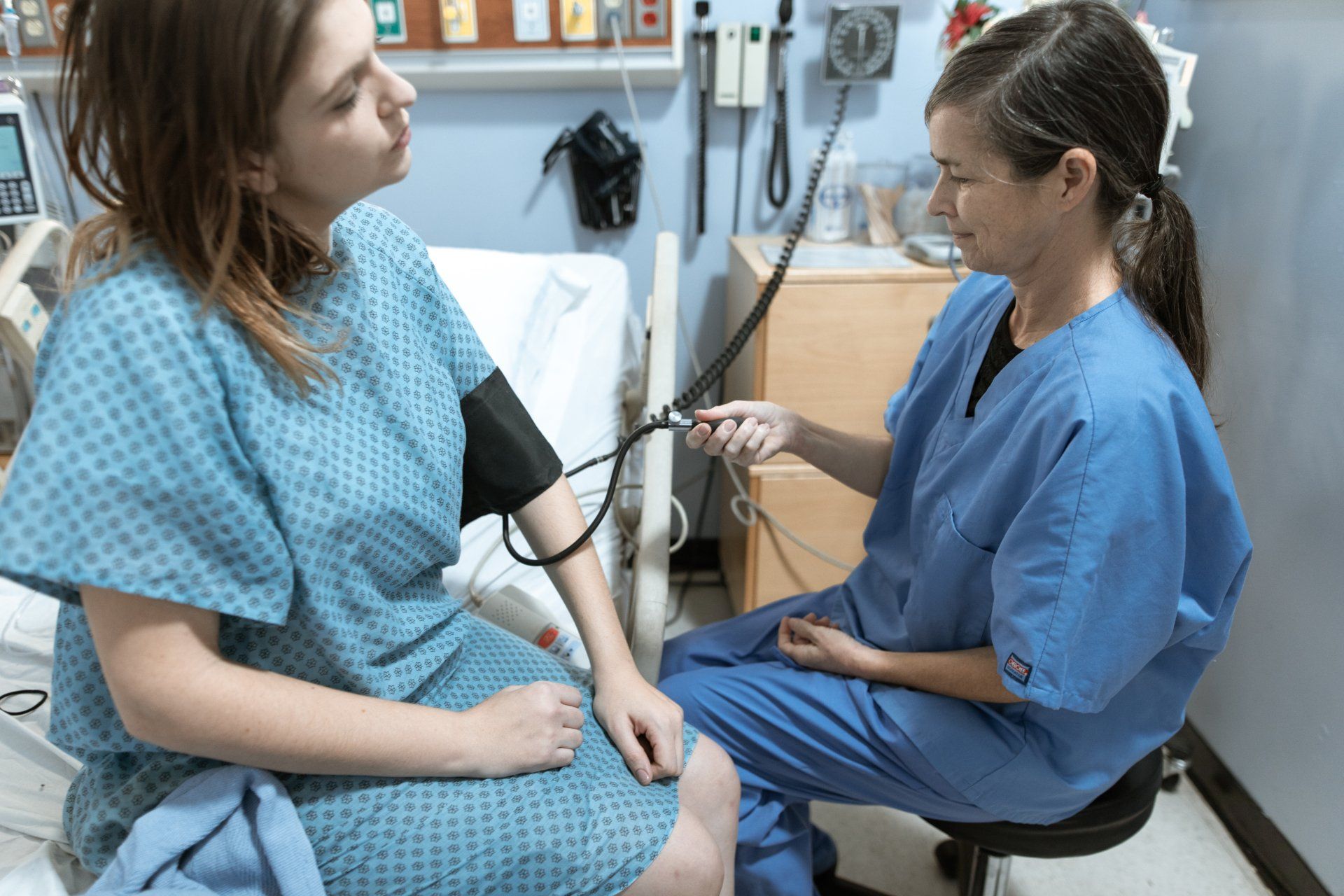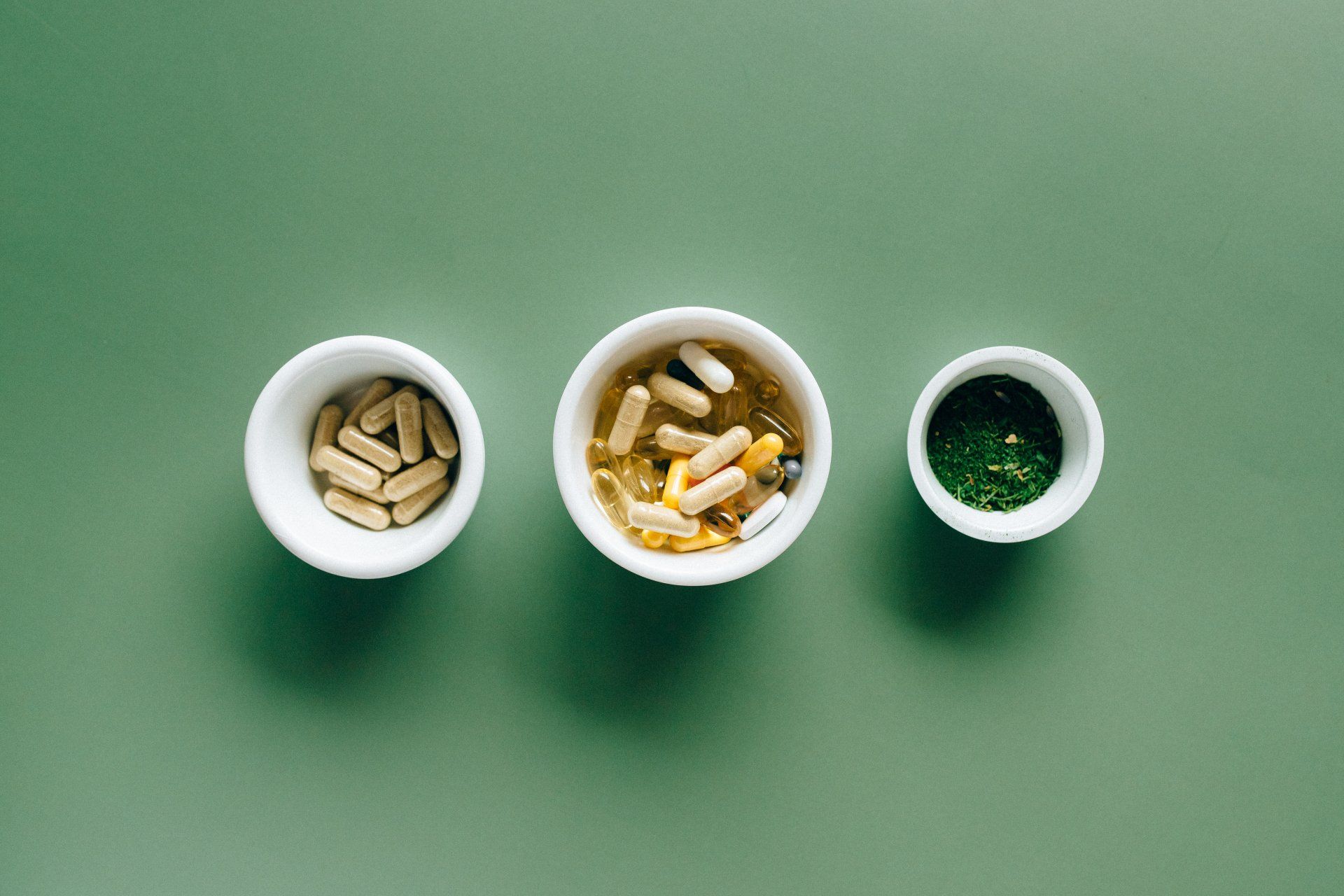Can we Prevent Antibiotic Resistance?
Can we Prevent Antibiotic Resistance?
by Dr. Tasneem Kaderi

Antibiotic resistance is a worldwide threat occurring when bacteria change in response to the use of antibiotics.
A growing number of infections are becoming difficult to treat as antibiotics are becoming less effective. In this review, we shall understand how healthcare providers and patients can combat antibiotic resistance and reduce the misuse of these medicines and the role of prescriptions.
While the causes of this pandemic are complex, the effects are simple: we need to change how we use antibiotics.
These medicines save lives and make us healthier, but if left in the wrong hands, they can endanger us all—in hospitals, nursing homes, and our homes. We must all see antibiotic resistance as a global problem and act together to solve it.
The World Health Organization (WHO) estimates that without changes in human behavior, antibiotic-resistant bacteria will become an even more significant threat in the future. Nevertheless, antibiotics remain the treatment of choice for many infections and can be lifesaving.
Antibiotic-resistant bacteria emerge as a result of antibiotics being used incorrectly or too often, which may cause serious illnesses and even death.
We as a society need to take certain steps to reduce and limit the impact of antibiotic resistance. Some of the steps that we can take at an individual level are as follow:
- Use only prescribed antibiotics.
- Never demand antibiotics or share leftover antibiotics.
- Washing hands, practicing safer sex, regular vaccinations, and hygienic food preparations can prevent infections.
The WHO recommends choosing foods that are organic and healthy, produced without the use of antibiotics.
Source: World Health Organization (WHO)
Antibiotic resistance is an important cause for concern today, as it can endanger the survival of patients. The emergence of antibiotic resistance happens for different reasons; some are overused, lack of research and education, improper use, and contamination. To prevent its spread, you must reduce your consumption patterns, understand the reason behind different resistance patterns and know how to keep yourself safe from infection.
A study predicted that approximately 30% of oral antibiotic prescriptions in the US were inappropriately prescribed to patients.2 Medical procedures lose their effectiveness when antibiotics no longer perform. Patient experiences treatment failure, extended hospital stays, expensive drugs, and, most importantly, health-related stress. Antibiotic resistance also has a role in the economy, as it delays the number of individuals that can return to the workforce.
What is antibiotic resistance?
Antibiotic resistant bacteria, also known as superbugs, are gross. For instance, a urinary tract infection (UTI) can be caused by bacteria that common antibiotics can no longer kill. This makes the UTI more challenging to treat and leads to complications. For example, amoxicillin can no longer kill off the bacteria because prolonged use of antibiotics has allowed the bacteria that commonly cause UTIs to mutate and render the amoxicillin useless.
Antibiotic resistance refers to the ability of bacteria to resist one or more antibiotics by developing mechanisms that prevent, inhibit, or impede the action of the antibiotics. The main routes of resistance development involve modifications of the antibiotic molecules or target sites and global cellular responses.
Ways to prevent antibiotic resistance:
- Promoting awareness of all stakeholders: World Antibiotic Awareness Week aims to promote awareness around antibiotic resistance and encourage best practices.
- Containment of bacterial transmission and prevention of infection: Adopting the highest levels of sterile practices in a health care facility to prevent the spread of any infection
- Surveillance of healthcare-associated infections and antibiotic resistance: This helps identify the problem's magnitude and factors affecting the infection.
- Antibiotic stewardship: Antimicrobial Stewardship Programs can help optimize the treatment of patients with infections, reduce adverse events associated with antibiotic use, and improve healthcare outcomes.
- Education for changing behavior
Causes of antibiotic resistance
Unnecessary antibiotic use, poor hygiene, and inappropriate antibiotic use are contributing factors to the development of antimicrobial resistance. Our actions as a society directly affect the health professionals we trust with our health care and our use of antibiotics.
If we misuse antibiotics, bacteria can become resistant, meaning the antibiotics will not be able to kill them. This means when we need antibiotics again, they won't work. If we raise awareness of this issue so others also take action, doctors can learn it is time to approach treatments differently without resorting too quickly to antibiotics. In this way, mortalities will be reduced, and antibiotic development can continue unhindered.
Symptoms of antibiotic resistance
Antibiotics can help treat many kinds of infections and are on hand in most hospitals. But if you develop an antibiotic-resistant infection and don't respond to the standard antibiotics, you may need clinic-based treatments or a hospital stay.
Your healthcare provider will likely take a sample of your infected tissue and send it to a lab. Once the type of infection is determined, tests can predict which antibiotics will kill the germs. You may have an antibiotic-resistant infection if you don't get better after treatment with standard antibiotics.
Treatment for antibiotic resistance
Normal human microbiota act as a barrier against colonization by pathogenic microorganisms. Using antimicrobials in a manner that minimizes disturbance to the normal flora reduces the risk of the emergence and spread of resistant strains between patients and the transfer of resistance genes between microorganisms, thereby reducing the risk of the development of new antimicrobial-resistant bacteria in healthcare settings.
The antibiotics work by fighting against the bacteria causing the infection. They don't, however, work against all types of infections. For example, antibiotics aren't effective when given for the common cold, middle ear infections, sore throats, and flu.
Poor hygiene and poor infection control are responsible for spreading germs and providing adequate opportunities for resistant bacteria to grow, making more people sick and increasing the need to take antibiotics.
FAQs
Who are at risk of antibiotic resistance?
The more antibiotics you take, the greater your chances of developing antibiotic resistance.
People with asthma and chronic obstructive pulmonary disease may be at greater risk of developing antibiotic-resistant organisms, such as the common cold.
People with HIV infection should avoid penicillin and erythromycin.
Organ transplant recipients are at particular risk of developing antibiotic-resistant bacteria because they are often given high doses of antibiotics during their hospital stay.
How is antibiotic resistance diagnosed?
Antibiotic-resistant infections are becoming more and more of a problem worldwide due to the overuse and misuse of antibiotics. We only know what type of bacteria is causing an infection once we treat someone. At that point, we are also aware that the resistant bacteria have become immune to treatment with medication typically used for that disease. This new resistance problem may limit treatment options, and our ability to cure and prevent infection can become compromised.
Source: Cleveland Clinic
Summary
We can try inculcating certain habits that can reduce AMR and make our environment a safer spot -
- Antibiotic resistance is happening across the world. More bacteria have become resistant with the increasing use of antibiotics.
- One thing to understand is we don't become resistant to antibiotics, bacteria do.
- Antibiotics don't help when you suffer from coughs, colds, sore throats, or ear infections.
- Antibiotics are only to be used by prescription.
- Good hygiene can help stop antibiotic resistance by reducing the need for them.
- Like any other medicine, antibiotics do have side effects. Unnecessarily using them comes with its associated risk.
References:
- Soothill G, Hu Y, Coates A. Can we prevent antimicrobial resistance by using antimicrobials better?. Pathogens. 2013 Jun 10;2(2):422-35.
- Leal JR, Conly J, Henderson EA, Manns BJ. How externalities impact an evaluation of strategies to prevent antimicrobial resistance in health care organizations. Antimicrobial Resistance & Infection Control. 2017 Dec;6(1):1-1.
- de Angelis C, Nardone A, Garifalos F, Pivonello C, Sansone A, Conforti A, et al. Smoke, alcohol and drug addiction and female fertility. Reprod Biol Endocrinol [Internet]. 2020 Dec [cited 2022 Nov 26];18(1):21. Available from: https://rbej.biomedcentral.com/articles/10.1186/s12958-020-0567-7
Thank you for reading Patient Education Essentials, the Write Shift RN blog.
Disclaimer: This article was written as a guest post for Write Shift RN LLC's blog. The information in it may not be wholly fact-checked or edited, allowing the reader to see the writer's work and skills firsthand. This information is not intended as medical advice. It is for informational and educational purposes only. Always talk to your doctor or other qualified healthcare providers about any questions or concerns you may have regarding medical conditions.











